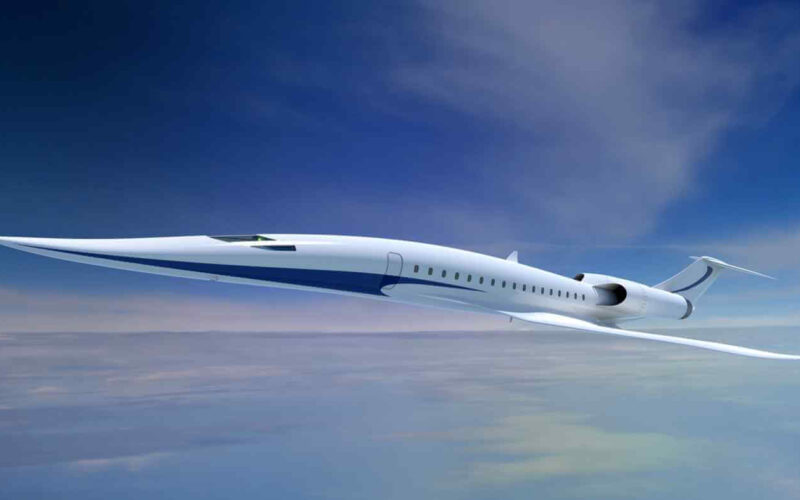Multiple Japanese engineering companies have entered a coalition with Japan’s space agency, Japan Aerospace Exploration Agency (JAXA), to research and develop a new supersonic jet.
The partnership, which combines the agencies’ technological and aviation expertise, is set to design a new 50-seater supersonic jet that could enter service by 2030, according to JAXA’s announcement released on June 16, 2021.
The partnership between JAXA and Japanese manufacturing firms will be known as Japan Supersonic Research (JSR Council). It will include such companies as IHI, Mitsubishi Heavy Industries, Kawasaki Heavy Industries, Subaru, and Japan Aircraft Development Corp.
Development-wise, this new 50-seater supersonic jet could employ air friction technology developed by JAXA that reduces fuel consumption by 13% in comparison to the technology used on the Concorde. In addition to improved efficiency, the new design is said to reduce the sonic boom effect by 50%.
The sonic boom is a phenomenon that developers and engineers have strived to solve since the early days of the Concorde. The phenomenon occurs when an aircraft transitions from subsonic to supersonic speeds commonly known as breaking the sound barrier, at which point the aircraft is moving at a velocity equal to or beyond the speed of sound (Mach 1). During this transition, shock waves are generated in the atmosphere causing two sudden pressure fluctuations on the ground. To people, the sound generated is similar to that of an explosion.
However, JAXA’s airframe design technology will essentially halve the sonic boom effect, which will help the supersonic aircraft meet the noise standards.
“Currently, we are proceeding with activities for flight demonstration of all-machine robust low-boom design technology, which is a key technology. This technology is an airframe design technology that can reduce the sonic boom over a wide range and meet the noise standards of supersonic aircraft. By demonstrating this technology in flight, we will contribute to the formulation of international standards established by the International Civil Aviation Organization (ICAO).”
Reports estimate that approximately 1,000 to 2,000 supersonic jets could enter service within the next decade, serving the demand for company executives, top-level government officials, and the wealthy, according to Nikkei Asia.
A flight on a current, slower than sound aircraft from Japan to Europe or the United States takes more than 12 hours. Increasing the speed of the aircraft could help cut the journey times by half, JAXA estimates. This way, a flight from Japan to Europe and the United States would take about 6 hours.

